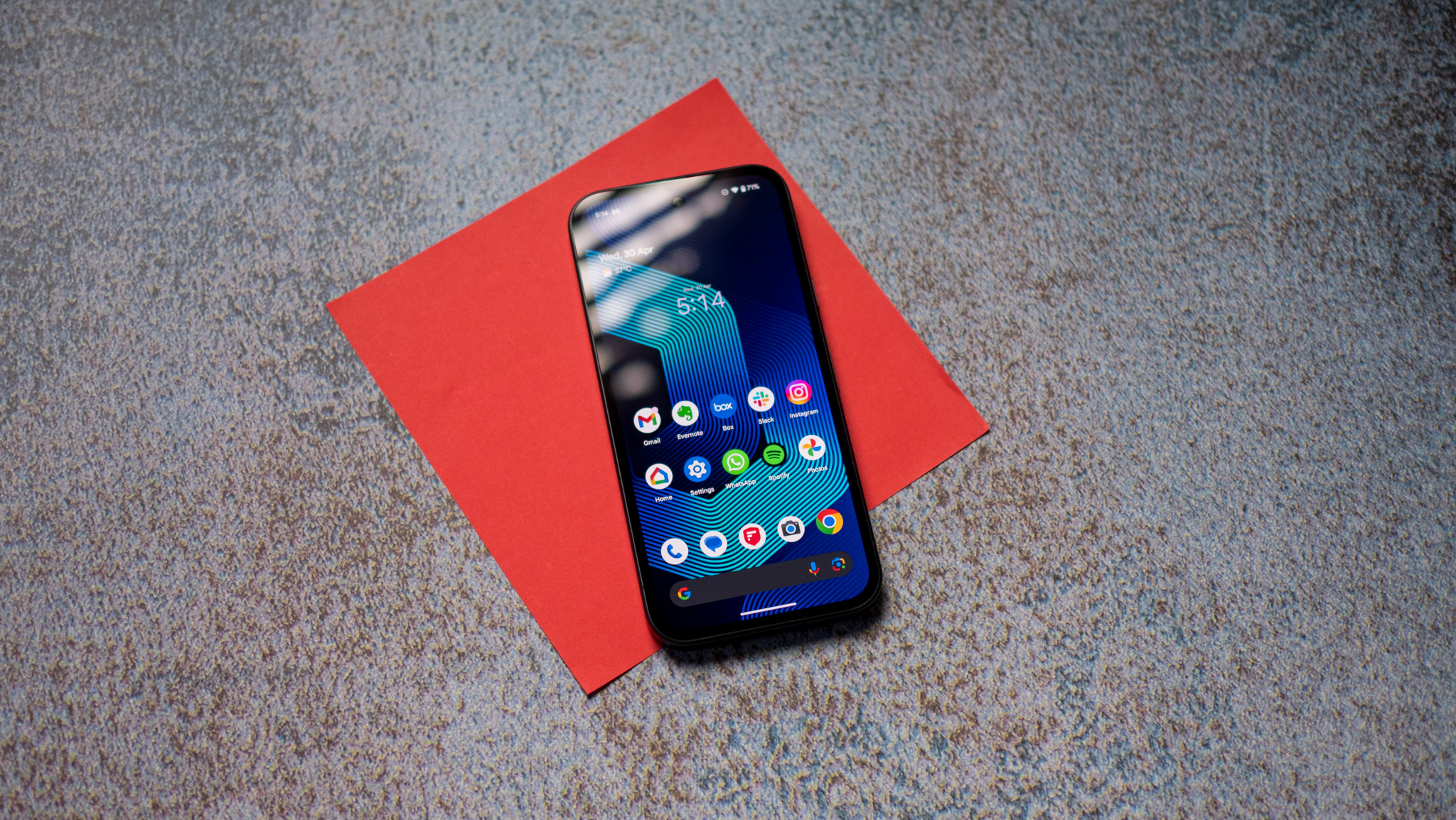Remembering the Google Pixel 3

The launch of Google's third-generation Pixels came after a challenging transitional year for the company's hardware division. The Google Pixel 2 XL had been panned by many for its lackluster P-OLED screen, and so display quality was a huge part of Google's messaging around the launch of 2018's Pixel 3. By this point, Google had fully integrated its newly acquired ex-HTC engineers into the Google family, and so everyone was waiting to see how this 100%, top-to-bottom Google phone would turn out.
These were also the first Pixels manufactured under contract by Foxconn instead of a partner brand like HTC or LG. Google also switched to an entirely glass-backed design for its 2018 Pixels, a necessary compromise to fit in Qi wireless charging support.
By now, Google was well underway with its transformation into an AI-first company. At the Google I/O developer conference in May 2018, Sundar Pichai showed off groundbreaking and news-making features like Project Duplex, which could call businesses on your behalf and arrange appointments. With Duplex, Assistant had now grown from an extension of voice search into something which could now hold a convincing phone conversation with another human.
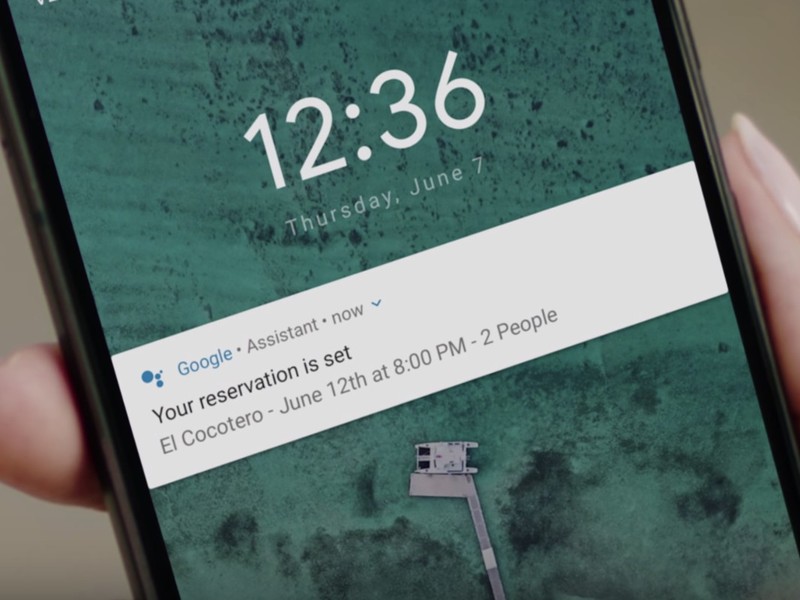
Google's transformation into an AI-first company was well underway.
Capabilities like this were the Google difference — this was going to be why a Google phone made sense. Core hardware aside, there were things that only Google could do because of its strengths in AI and big data.
When the Pixel 3 series arrived, it packed more Google magic than ever before, along with a big controversial bathtub-shaped notch in the larger XL model. Having already committed to including dual front-facing cameras in the Pixel 3, the company leaned into the trend of display cutouts with an extra-large notch in the 3 XL.
Project Duplex launched on the new phones, though limited to the US initially. And in a sort of back-to-front version of Duplex, the Pixel 3 could screen your incoming calls as well. Meanwhile, the Pixel camera got Night Sight — a revelation for night-time photography and quite possibly the phone's single most impressive new feature. Though not the very first device to include a remarkable handheld night mode — Huawei had already pioneered that feature in its P20 Pro earlier in 2018 — it was uniquely capable and easy to use. Few phones at the time could come anywhere near what the Pixel 3 achieved with Night Sight, even when using long exposures while attached to a tripod.
Other table-stakes additions included a competitive portrait mode, which could be tweaked after the fact to adjust bokeh levels. And while there was no dedicated telephoto camera, Google introduced "Super-Res Zoom," which used the movement of the lens to resolve more detail in digitally zoomed pics.
Get the latest news from Android Central, your trusted companion in the world of Android
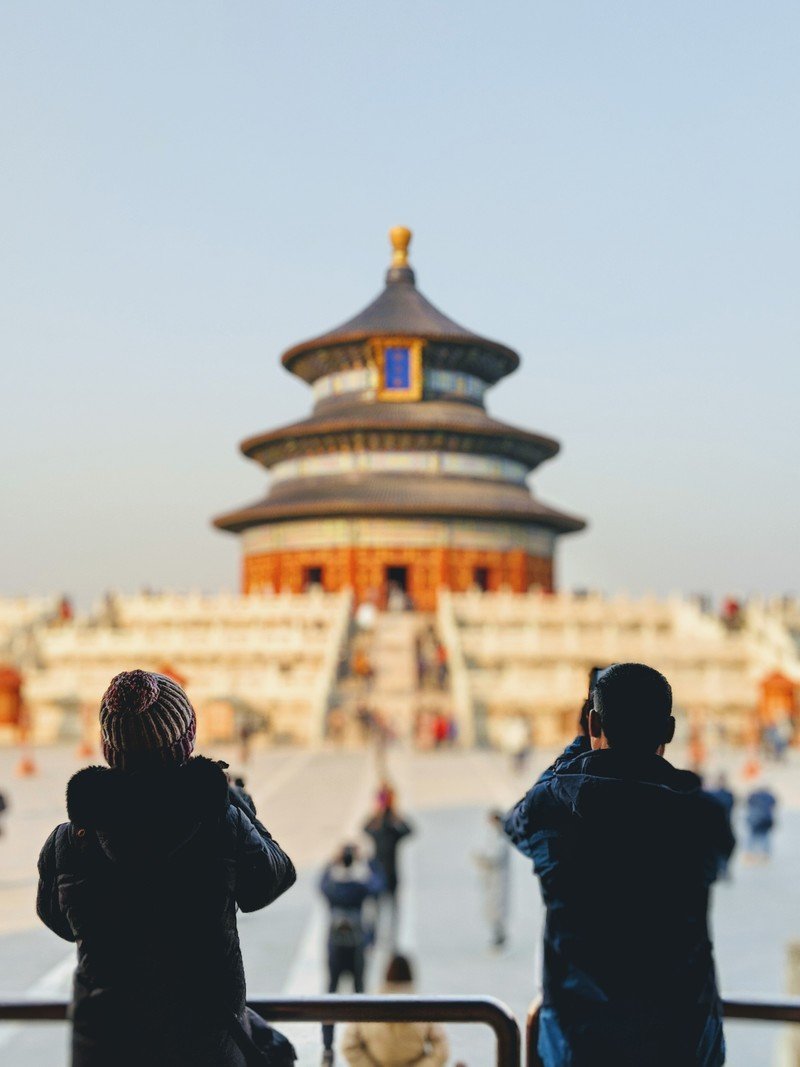

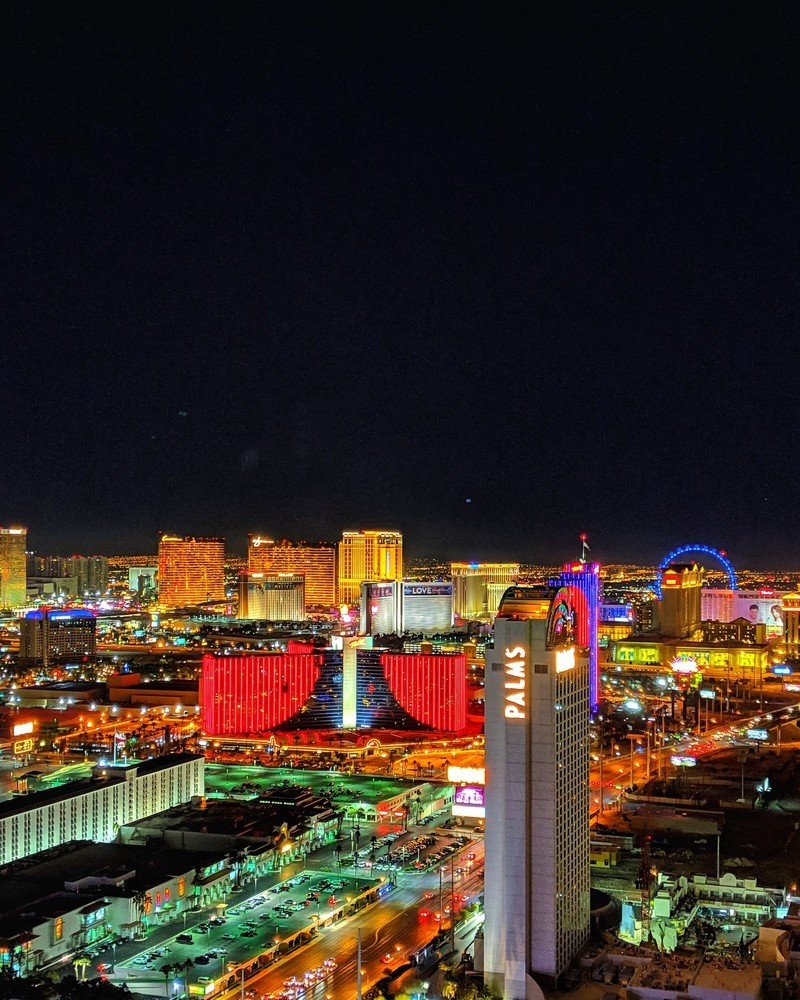



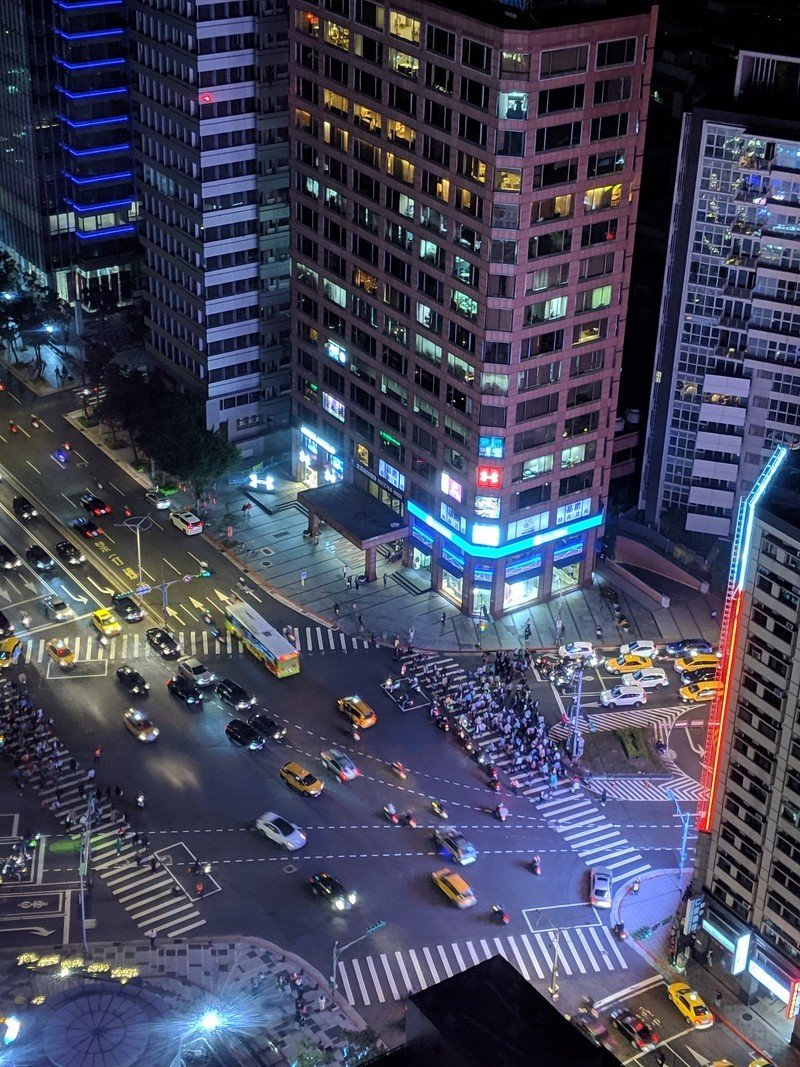
Night Sight was a revelation for low-light photography.
The Pixel's photographic prowess was further enhanced with the inclusion of a wide-angle selfie camera, which packed the same computational secret sauce as the other Pixel cameras. That meant you could fit in more scenery or friends (or both) while benefiting from HDR+ and Night Sight.
All this high-level software and AI jiggery-pokery made the most robust case yet for the Google phone. Yet, like the previous two years' Google handsets, the Pixel 3's weaknesses came from fairly basic hardware flaws that any mature phone maker should not have been falling foul of.
Neither Pixel 3 model had exceptionally strong battery life, but the smaller Pixel 3 really disappointed in terms of longevity, with longevity far below the best Android phones of the time. And the mere 4GB of RAM meant the larger Pixel, with its higher screen resolution, struggled to take a few photos in quick succession without killing off apps in the background. Most often, this meant that if you were playing music or a podcast while taking photos, your tunes or words would stop dead in their tracks as the Pixel camera gorged itself on memory.
Both were obvious hardware oversights that a big name in technology should have been able to avoid.
Yet, those weren't the only hardware and performance issues afflicting the Pixel line at the time. Problems with the original Pixel's microphone eventually resulted in a class-action lawsuit which, three years later, bagged OG Pixel owners up to $500 each.
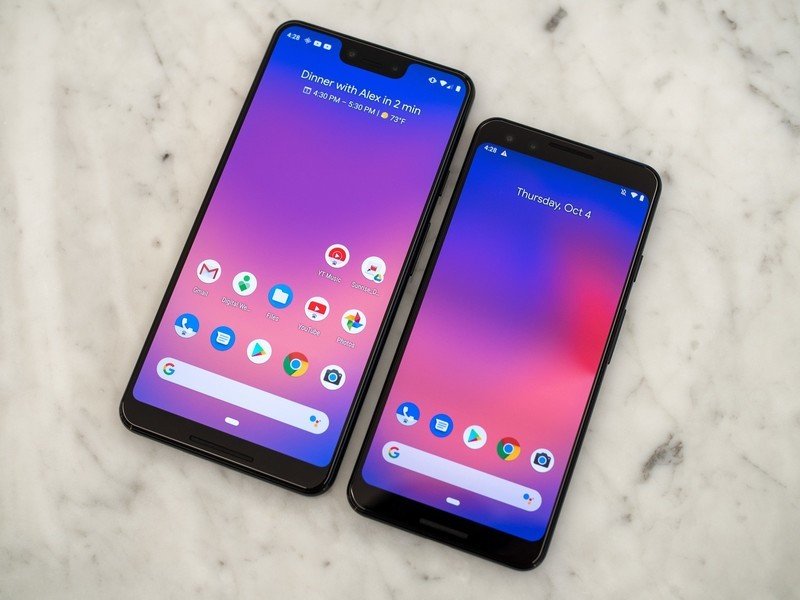
Even three generations in, Google was still fumbling the basics.
Pixel phones had also started to develop a reputation for slowing down considerably with age — especially app load times and camera shutter lag. Now, most computers will succumb to some form of bit rot over years of use, and usually, a factory reset will fix things up. But Pixel performance seemed particularly prone to this prickly problem.
Artem Russakovskii, owner of Android Police, documented his Pixel 2 XL woes on Twitter and his site, prompting Google engineers to offer a home visit to investigate.
And even prominent YouTubers like Marques Brownlee were calling out Google's phones for their performance degradation. In a video with more than 4 million views, Marques showed his Pixel performing noticeably slower than the competing OnePlus flagship.
Of all the brands for people to be dunking on for poor Android performance, you wouldn't expect it to be the company that makes Android itself, which in theory should know how best to optimize it.
Worse still, people just weren't buying Pixels in large numbers. Despite Google pouring countless millions into splashy ad campaigns highlighting genuinely impressive features like Night Sight, the Pixel 3's limited geographical availability, limited carrier partnerships, and high unlocked prices meant customers weren't biting.

Google doesn't release Pixel sales numbers, but estimates from ZDNet's Ed Bott point to somewhere between 10 and 12.8 million for the Pixel 3 series in its first year on sale. That's not a small number, but it's a fraction of the 40-45 million Galaxy S10 units estimated to have been shifted by Samsung in its first year, to say nothing of the hundreds of millions of iPhones Apple is popping out.
Probably the best-received Google phone of late has been the budget-focused Pixel 3a, which landed in mid-2019. Less powerful than Google's flagships, but with bigger batteries and most of the features from the Pixel 3, including a near-identical camera setup. The cheaper Google phone, ironically, got more of the fundamentals right than its more expensive siblings.
The Pixel 3 series was memorable for its groundbreaking AI features and photographic firsts, but it'd take a couple more generations for Google to produce a more competitive product.

Alex was with Android Central for over a decade, producing written and video content for the site, and served as global Executive Editor from 2016 to 2022.
